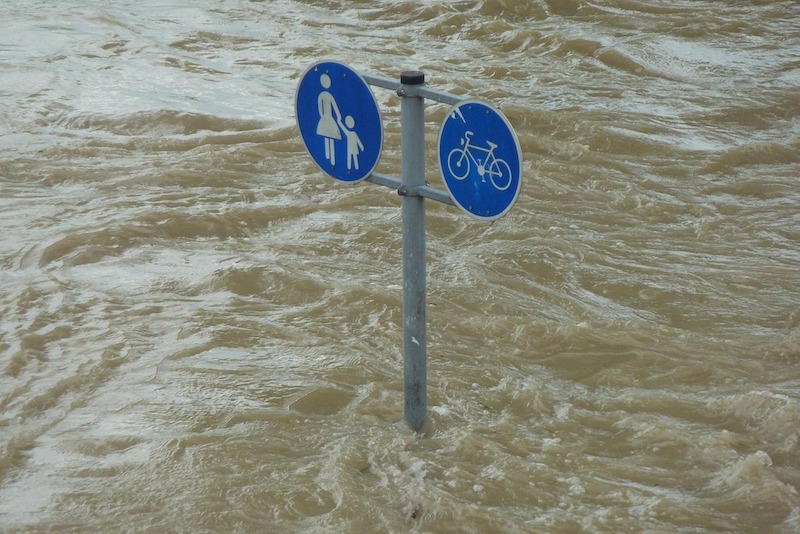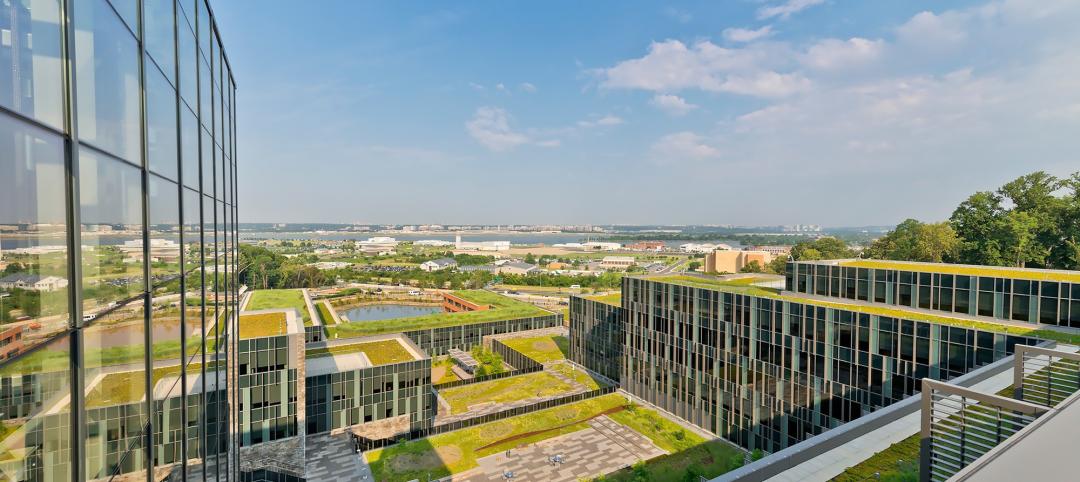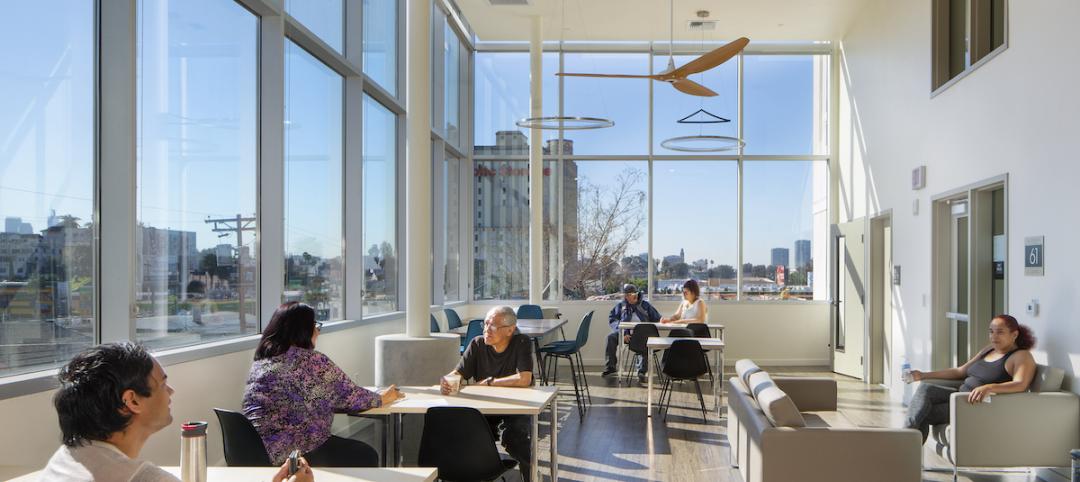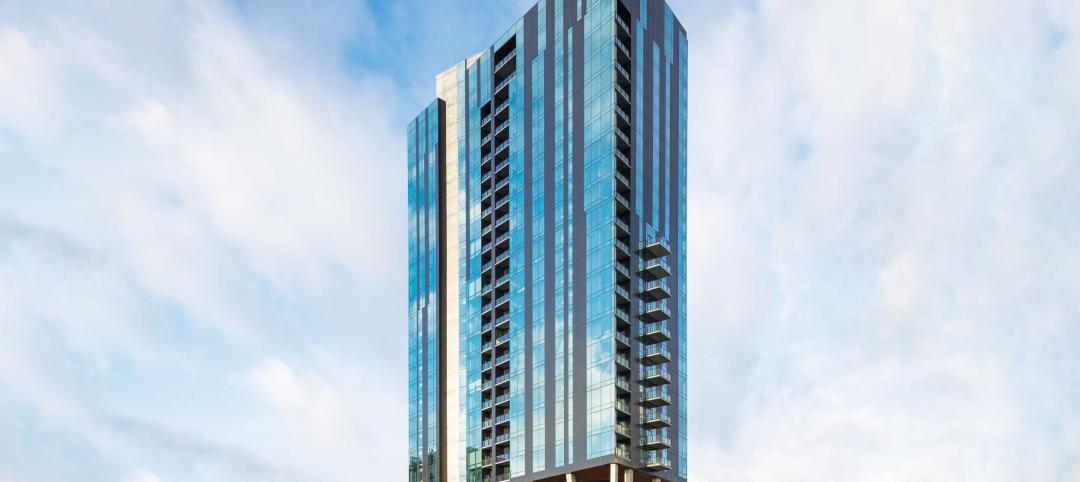The global engineering firm Arup has joined forces with First Street Foundation, a nonprofit that specializes in climate science and flood modeling, for the purpose of co-creating products that provide climate risk data for various property types.
This partnership will combine Arup’s expertise in risk and resilience engineering with First Street Foundation’s datasets for climate-adjusted national disasters. The goal of this collaboration, according to the firms, is to gauge the risk from climate change on the built environment, and to support organizations and entities that help mitigate that risk.
In 2020, there were 22 separate billion-dollar weather and climate disasters across the U.S., which also experienced a record number of named tropical storms (30), 12 of which made landfall, according to National Oceanic and Atmospheric Administration’s National Centers for Environmental Information. Through July 9, there have been another eight weather/climate disaster events this year with losses exceeding $1 billion.
RISK ASSESSMENT REPORTS AND DATA
“The threat of experiencing severe environmental disaster is accelerating in the United States due to the reality of a changing climate,” asserts First Street Foundation’s Founder and Executive Director Matthew Eby. “Partnering with Arup allows First Street Foundation to leverage our data and climate hazard modeling capacities to enable a fuller understanding of the extent and nature of the risks to the built environment.”
In June 2020, the Foundation released its First National Flood Risk Assessment for the continental U.S., which it produced in partnership with researchers and hydrologists from Fathom, Rhodium Group, and academic institutions. That report identifies the equivalent of 14.6 million properties across the country at substantial risk from climate change, of which 5.9 million properties and their owners were unaware of that risk. The Foundation also released FloodFactor.com, a website that uses the Foundation’s national flood model to provide probable climate-adjusted flood risk for every American home.
Last February, the Foundation released its Cost of Climate national report, which applies the Foundation’s flood model to an analysis of depth-damage functions from the U.S. Army Corps of Engineers to estimate average annual loss for residential properties today and into the future. This study finds nearly 4.3 million residential homes with substantial flood risk that would result in financial loss. To insure these homes through the National Flood Insurance program would require increasing premium rates 4.5 times to cover the estimated risk in 2021, and 7.2 times to cover the growing risk by 2051.
The Foundation’s data are leveraged by all levels of government and industry. And its partnership with Arup allows the Foundation to continue its efforts to provide critical insights to businesses and policy makers.
A LONGTIME CONCERN
Arup’s specialty—via its multidisciplinary team of engineers, planners, and analysts—is guiding companies and organizations toward greater resilience. This has been a concern of the firm for at least a decade: In 2012, for example, it rolled out its City Resilience Index, developed with The Rockefeller Foundation, and comprised of 52 indicators based on responses to 156 questions.
Arup currently provides end-to-end climate risk and strategic resilience advice for a diverse range of projects that include university campuses, data centers, tech companies, manufacturers, real estate developers, healthcare providers, and utility and transit operators.
Ibrahim Almufti, Arup’s Resilience Leader in San Francisco, states that as climate change intensifies, “it is increasingly important to prepare organizations and adapt assets for the future. Teaming with First Street Foundation allows us to scale our advisory so that it benefits more people, organizations, and communities.”
Arup and First Street Foundation plan to announce what initiatives and products they are developing “in the near future.”
Related Stories
Student Housing | Mar 13, 2023
University of Oklahoma, Missouri S&T add storm-safe spaces in student housing buildings for tornado protection
More universities are incorporating reinforced rooms in student housing designs to provide an extra layer of protection for students. Storm shelters have been included in recent KWK Architects-designed university projects in the Great Plains where there is a high incidence of tornadoes. Projects include Headington and Dunham Residential Colleges at the University of Oklahoma and the University Commons residential complex at Missouri S&T.
Seismic Design | Feb 27, 2023
Turkey earthquakes provide lessons for California
Two recent deadly earthquakes in Turkey and Syria offer lessons regarding construction practices and codes for California. Lax building standards were blamed for much of the devastation, including well over 35,000 dead and countless building collapses.
Sustainability | Feb 9, 2023
New guide for planning, designing, and operating onsite water reuse systems
The Pacific Institute, a global nonpartisan water think tank, has released guidance for developers to plan, design, and operate onsite water reuse systems. The Guide for Developing Onsite Water Systems to Support Regional Water Resilience advances circular, localized approaches to managing water that reduce a site’s water footprint, improve its resilience to water shortage or other disruptions, and provide benefits for local communities and regional water systems.
Concrete | Jan 24, 2023
Researchers investigate ancient Roman concrete to make durable, lower carbon mortar
Researchers have turned to an ancient Roman concrete recipe to develop more durable concrete that lasts for centuries and can potentially reduce the carbon impact of the built environment.
Sustainability | Jan 23, 2023
How regenerative design is driving AEC industry innovation
HOK's Sean Quinn and Microsoft's JoAnn Garbin discuss the next step of sustainability: regenerative design.
Multifamily Housing | Jan 19, 2023
Editorial call for Multifamily Affordable Housing project case studies - no cost to submit!
Building Design+Construction will feature a roundup of "Multifamily Affordable Housing" projects on BDCnetwork.com.
Products and Materials | Jan 18, 2023
6 innovative products for multifamily developments
Here are six innovative products for various multifamily developments, including a condominium-wide smart electrical system, heavy-duty aluminum doors, and prefabricated panels.
Adaptive Reuse | Jan 12, 2023
Invest in existing buildings for your university
According to Nick Sillies of GBBN, students are increasingly asking: "How sustainable is your institution?" Reusing existing buildings may help answer that.
Sponsored | Resiliency | Dec 14, 2022
Flood protection: What building owners need to know to protect their properties
This course from Walter P Moore examines numerous flood protection approaches and building owner needs before delving into the flood protection process. Determining the flood resilience of a property can provide a good understanding of risk associated costs.
Green | Dec 9, 2022
Reaching carbon neutrality in building portfolios ranks high for organizations
Reaching carbon neutrality with their building portfolios ranks high in importance among sustainability goals for organizations responding to a Honeywell/Reuters survey of senior executives at 187 large, multinational corporations. Nearly nine in 10 respondents (87%) say that achieving carbon neutrality in their building portfolio is either extremely (58%) or somewhat (29%) important in relation to their overall ESG goals. Only 4% of respondents called it unimportant.
















